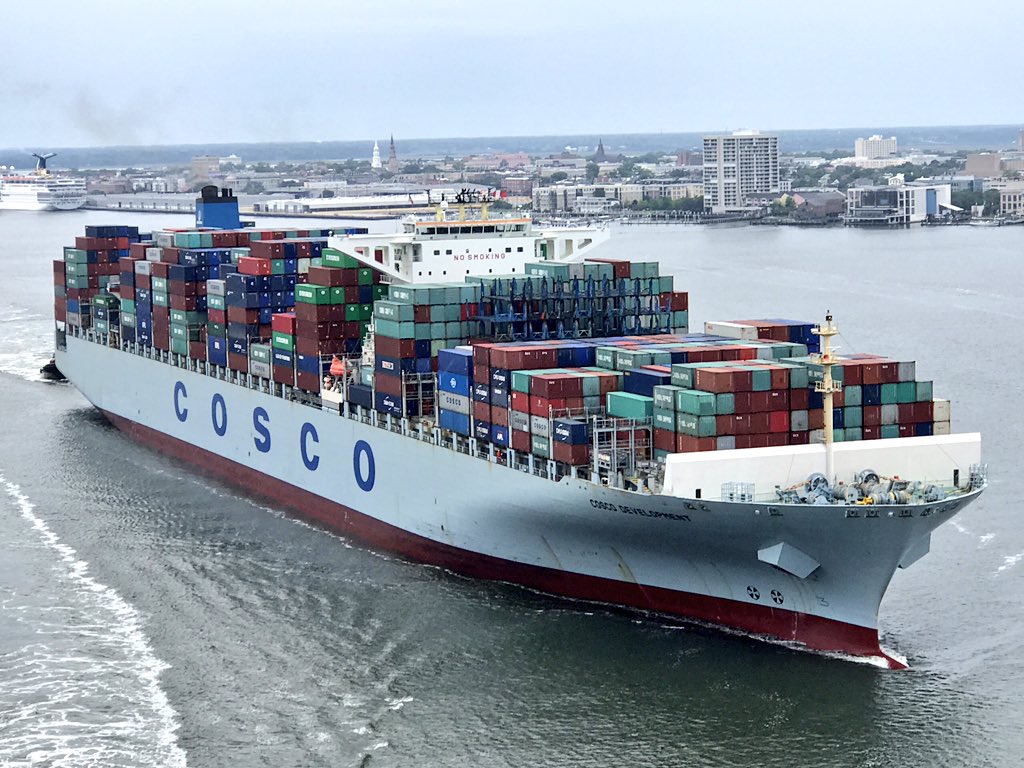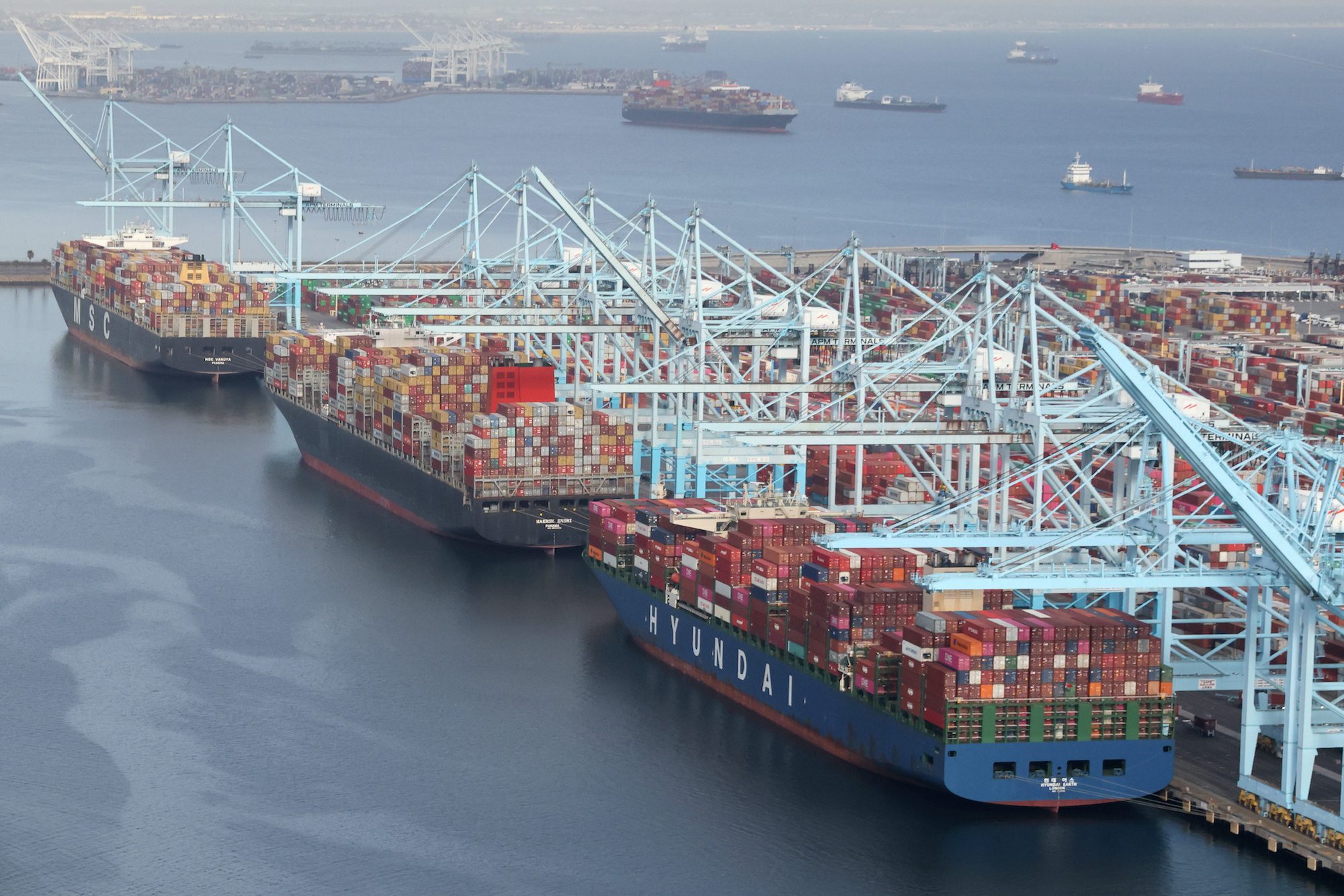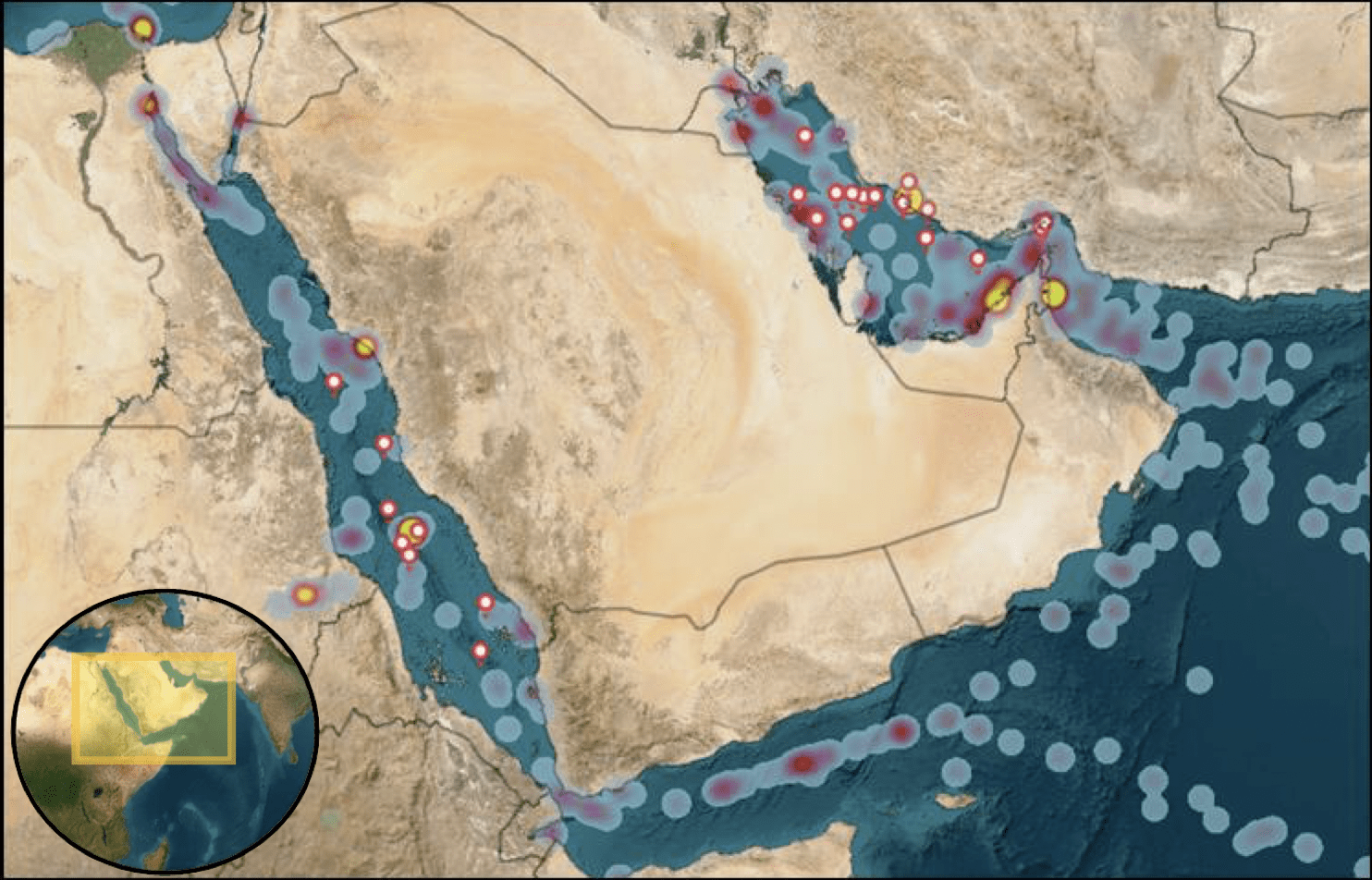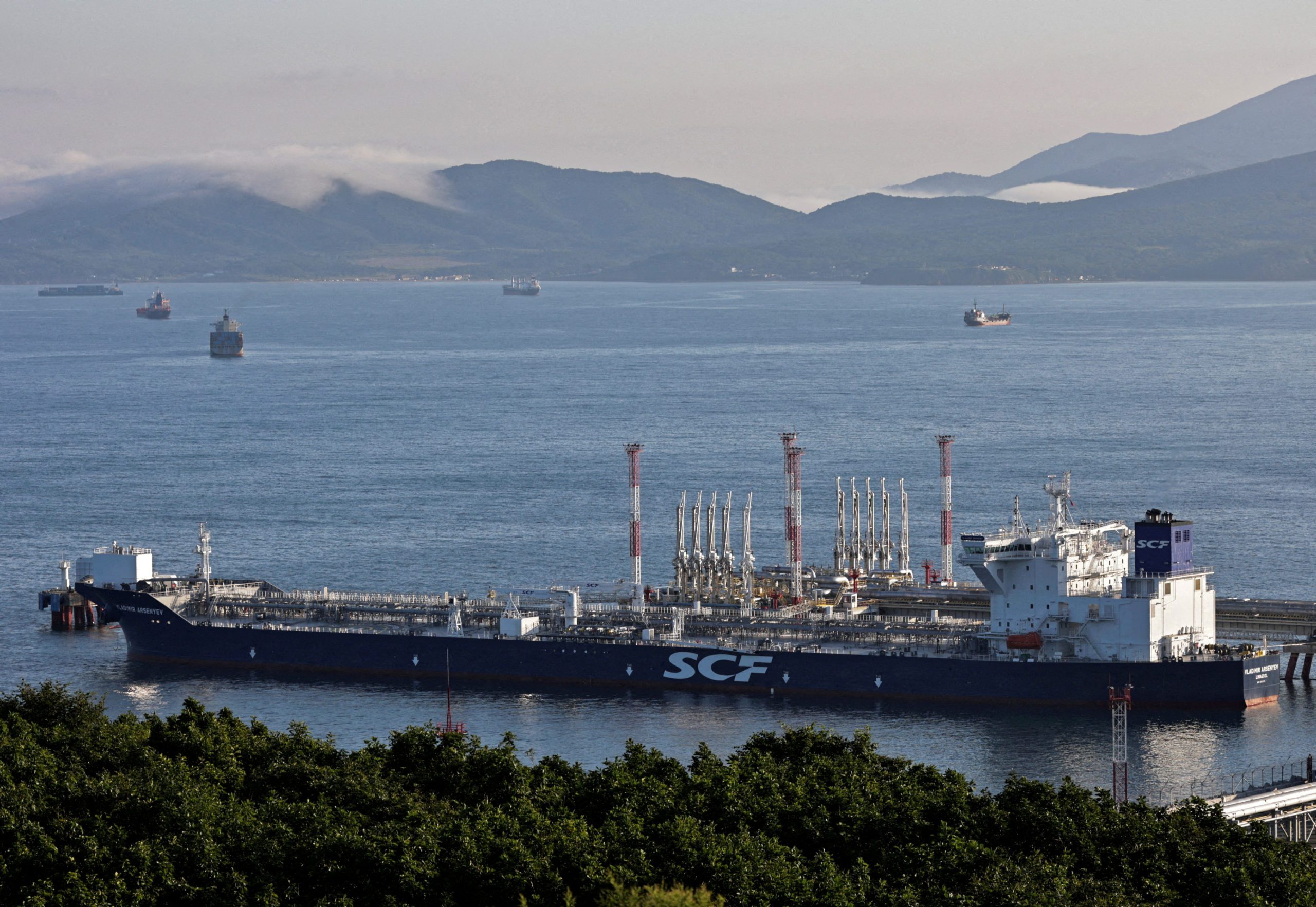When the Office of the United States Trade Representative (USTR) fees targeting Chinese maritime dominance come into effect on October 14, approximately 35% of ships in the combined bulk, crude tanker, product tanker, and container fleet could face additional port fees when calling at U.S. ports, according to a new analysis from BIMCO.
Despite these vessels providing 44% of the combined fleet’s capacity, U.S. importers and exporters should not expect rising freight rates, says BIMCO’s Chief Shipping Analyst Niels Rasmussen.
Of the vessels potentially subject to these new fees, 70% are either Chinese owned or operated, while 30% are Chinese-built. More than half of the Chinese-built ships are exempt due to their size or U.S. ownership.
“Bulk carriers are more exposed to the increasing costs as 45% of the ships could be subject to the USTR fees. Because more ships are exempt, or because fewer ships are Chinese owned or operated, only 30% of crude tanker and container ships, and 19% of product tankers, could be subject to the fees when arriving at a U.S. port,” Rasmussen explains.
The global impact may be minimal despite the percentage of affected vessels. The U.S. markets currently represent only 9-19% of each sector’s global ship demand, and historically only 16-24% of U.S. exports and imports have been transported by ships that could face these new fees.
In the container shipping sector, a review of planned sailings on east/west trades by the ten largest operators revealed that less than 20% of ships scheduled to call at U.S. ports would be subject to the fees. Most affected vessels are owned or operated by COSCO Shipping Lines, Orient Overseas Container Line, or owned by Chinese leasing banks.
Several liner operators have already committed to not increasing rates, and COSCO Shipping Lines has pledged to maintain services and competitive rates. “As several liner operators have already committed to not increase rates and COSCO Shipping Lines likely must follow suit to remain competitive, we expect no freight rate increases in the container market. In the bulker and tanker sectors, we expect that most ships subject to USTR fees will leave U.S. trades as they cannot remain competitive. Freight rate increases will therefore likely be avoided in these sectors as well,” said Rasmussen, though he cautioned that “implementation confusion could cause rate increases in the short-term.”
The USTR fees are structured in three distinct annexes, with Annex 1 imposing a fee of $50 per net ton for vessels owned or operated by Chinese entities, increasing annually to reach $140 per net ton by 2028. Annex 2 targets Chinese-built vessels with a fee of either $18 per net ton or $120 per container discharged, whichever is higher, while Annex 3 establishes a $14 per net ton fee for all arriving vehicle carriers or roll-on/roll-off vessels.
The fees for each vessel are capped at five assessed fees per year and will only be applied at the first U.S. port of entry per rotation or string of calls.

 Join The Club
Join The Club











